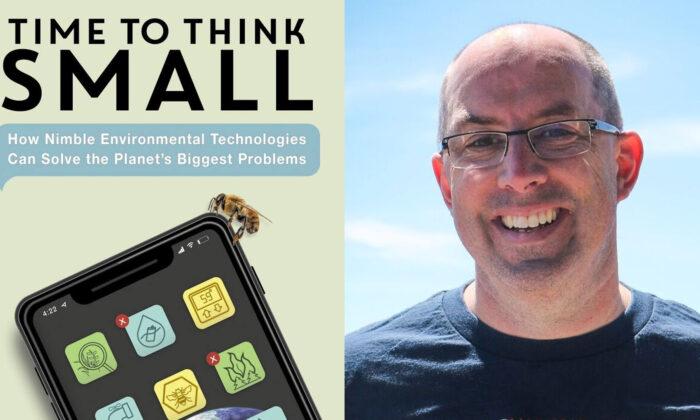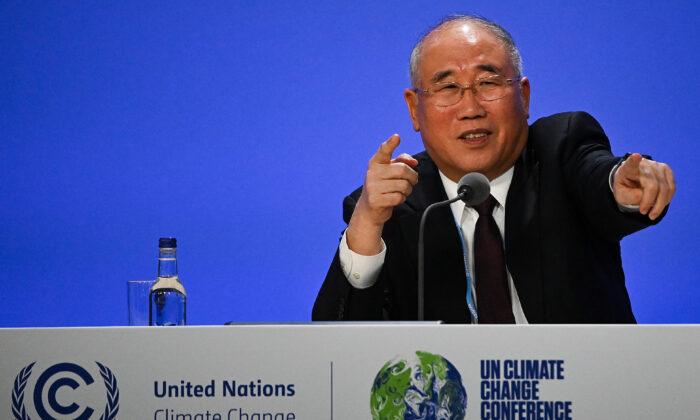When it comes to environmental policy, the only “solutions” coming from liberal politicians activists involve radically restructuring society and centralizing more power in the government—while, of course, handing out billions in tax dollars to politically-favored special interests.
Whether it’s the Paris climate accords, Green New Deal or the recently-passed Inflation Reduction Act, these political schemes to remake the economy often end up enriching the climate industrial complex and empowering unelected, unaccountable bureaucracies.
If you think this is a terrible way to solve complex problems—as environmental issues often are—you’re not alone. Todd Myers agrees, and he’s published a thought-provoking new book for anyone who wants to see more done to protect the environment, but is frustrated with the empty promises of politicians.
Myers’ big idea? Think small.
“Until recently, it was hard to create those small, local solutions,” Myers writes. “That isn’t true anymore. Smartphones now empower individuals by putting direct and immediate access to information and communities in each individual’s hands.”
Harnessing new technologies, Myers sees an immense opportunity for individuals to make environmental progress where governments often fail. In fact, as Myers argues, individual action, fueled by cutting-edge and easily accessible new technologies, can lead to more effective and long-lasting change than top-down approaches.
“Few politicians are environmental experts, or scientists, or economists, but we ask them to make decisions requiring all these skills. They are experts, however, in what the public wants, so they often choose environmental fads—policies that sound good but may do little for, or may even harm, the environment,” Myers writes.
Myers’ book is replete with examples of these failed, top-down green fads.
“For example, I spent years researching schools built to politically mandated ‘green’ building standards, from North Carolina to Washington State. Consistently, in state after state, the so-called ‘green’ schools used more energy per square foot than traditionally built schools in the same district.”
Moreover, the “[f]acilities directors at more than one school district told me in confidence the motivation for using the standards was that the school board wanted to show they care about the environment ... even if the monthly electric bills didn’t,” Myers writes.
Myers contrasts those eco-fad failures with numerous examples of how technology is empowering individuals (and yes, even government officials) to actually achieve the results they want to see—whether it’s saving energy, saving trees from logging, or protecting baby turtles.
“In Nicaragua, fake eggs placed in sea turtle nests hold the promise of protecting the endangered marine animals. When poachers steal the eggs, they can be tracked by smartphones, allowing people to break up poaching networks,” Myers writes.
Whether or not you agree with Myers’ politics or even his environmental goals is almost beside the point. What’s truly thought-provoking about Myers’ book is how technology is undermining the very foundations of the climate industrial complex that’s grown out of decades of big government flailing around trying to “save” the environment.
“Rather than needing a major donor or corporation to back an invention, innovators can focus on solutions that make a significant difference in a specific area,” Myers writes. “Such solutions don’t need lobbyists to mandate their technology or receive taxpayer support. Instead, a few people with a good idea can create a smartphone app or build a technology that solves a particular problem.”
That’s why you probably won’t see many eco-lobbyists, climate activists, or anyone else in the “green” establishment promoting Myers’ new book. They don’t want anyone—especially not eco-conscious liberals—to know there’s an alternative to feeding the climate industrial complex.






